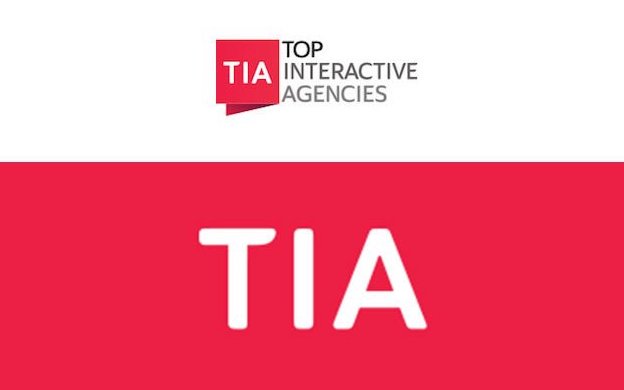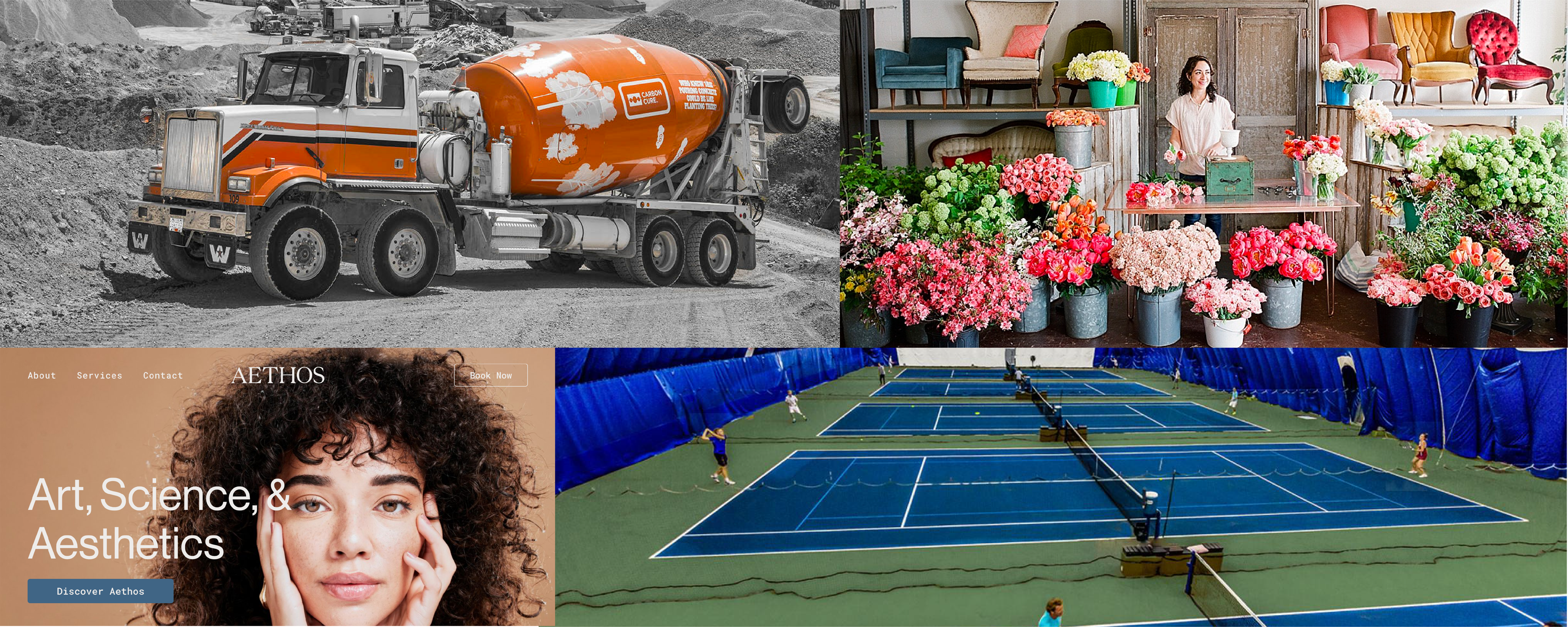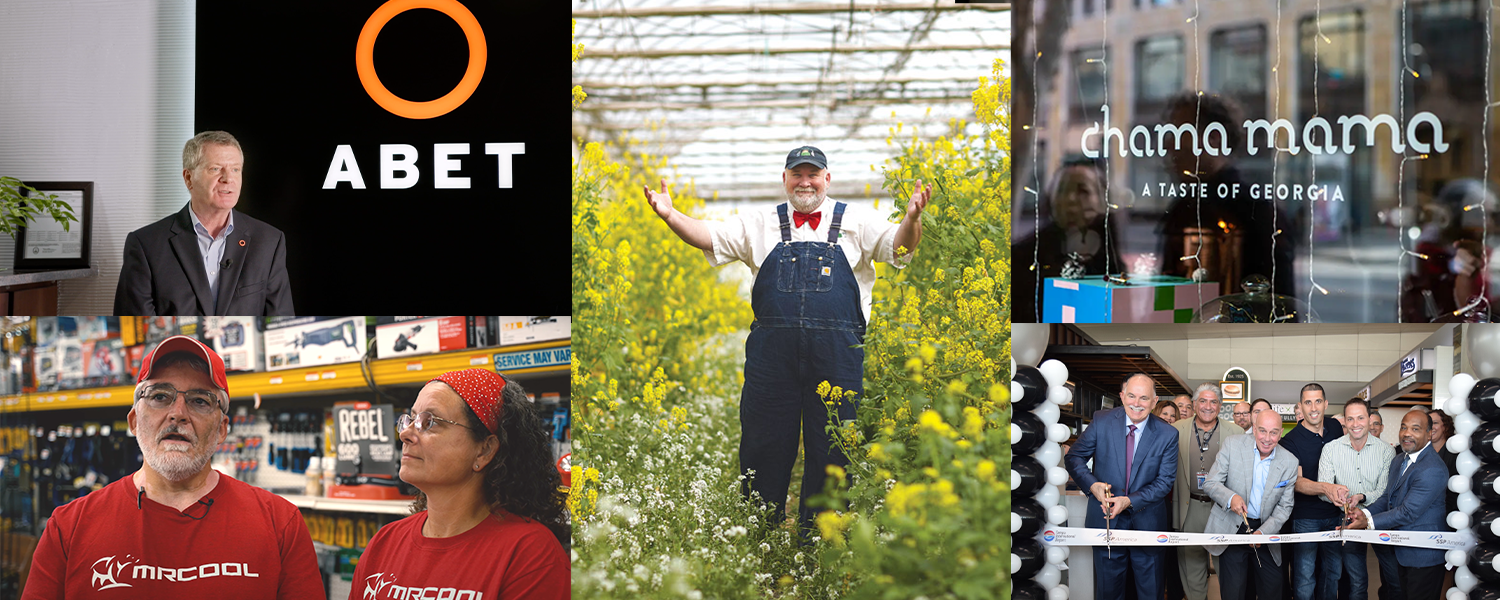Ruckus Featured In Top Interactive Agencies
See CEO Josh Wood interviewed about Ruckus’ design process in the TIA feature “Riding the Creative Storm with Ruckus.”
New York-based digital agency Ruckus includes ‘positive turbulence’ on its customers’ journey forecast. Self defined as a growth partner that cares about new customers, new revenue, efficient conversion, scalability, and meticulous execution, Ruckus recognizes that this is not always a walk in the park.
As it states on its website ‘Growth involves challenges and change. It’s never as easy as just saying “yes,” and is occasionally bumpy,’ AKA positive turbulence. Its statement ends strongly with: ‘Choose growth, or choose another agency.’
The model has worked well for Ruckus for a decade. Its core strategic engagements in branding, platform design, and campaigns consistently drive greater consumer action and awareness. It has been involved in hundreds of projects with a lot of media attention and palpable success.
Ruckus CEO, Josh Wood, has a scientific approach to creativity. He believes it needs to be process-driven and adequate to the audience. “A lot of agencies want to chase the ‘big idea’ and creative vision. I’m a staunch believer that the creative process needs to be more focused, ensuring that it resonates with the consumer,” he says and adds, “Creativity, to me, is being able to find and/or establish a connection between two or more seemingly unrelated ideas. Remember: strategy and thinking outside the box don’t have to be diametrically opposed.”
We interviewed Wood to find out more about Ruckus’ building process – and success.
In your opinion, what ingredients are key to create a successful digital campaign?
An effective digital campaign requires the following elements: key insights, strategy, creativity, and measurable results.
Discovering the right insights directly correlates to understanding the digital habits of your target audience and crafting a message they find appealing. Once you know their habits, you can map out an effective strategy to reach them through the proper channels and mediums. Creativity will be key to getting your message across effectively and as quickly as possible. Finally, having the right platform to measure your campaign results is essential to identifying which initiatives are working, and which are not converting, allowing you to adjust accordingly.
What’s the secret to connecting specific emotional responses with visual form?
There’s really no secret formula. For us, what it comes down to is creating a visual that your audience can quickly identify and understand. I think it can be easy to fall into the trap of pushing an emotional angle too hard, which actually turns audiences off.
Like most other agencies, we have a creative process that we adhere to when it comes to ideation and brainstorming. What makes us unique is the team that we have. Having a great mix of people helps us come up with creative work that actually resonates.
What is your design process?
Our proprietary process is rooted in research, taking into consideration the approach of competitors and the latest design and industry trends – everything necessary to create innovative designs for start-ups and established businesses alike.
When thinking about application and designing a market program, we always proceed with the client’s specific needs in mind. This could include, but is not limited to, creating a logo/brand identity and ensuring it’s properly used in all applications, developing brand guidelines, maximizing brand awareness, and maintaining a focus on return on investment.
How do you define your agency building process? Stages?
Our growth process is about breathing life into each company story, developing branding that advances the message and forms a distinct image. While each phase moves the brand somewhere new and exciting, we continuously infuse direction from what we’ve learned about where the brand has come from, where you’d like the brand to go, and how the new brand image will impact consumer behavior. Stages could include:
• Positioning
• Brand DNA
• Messaging
• Logo Mark
• Brand Development
What challenges do you face today in your agency/ with your team?
One of the biggest challenges is having too many stakeholders invested in the project. The input is great, but it’s a highly subjective business and we have to reach a consensus for a chance at success. As experts in acquiring new customers and achieving brand recognition, we need to find a happy medium between giving the client everything they want and what we know will work.
How would you describe the creativity culture at your agency?
At Ruckus, our culture is reflective of our creative process: find the best possible medium between creativity and practicality. We love creating innovative and boundary-pushing solutions, and our company atmosphere encourages this through an open, laid-back environment. This approach spills over into professional vs. personal life – find a happy medium.
How is that culture cultivated and maintained?
The main feature that clients and visitors to our office tend to notice and comment on is our built-in bar. We revitalized a legacy brew for a client a few years back and have since entered the craft brewing market. We work hard, but we make sure we have fun while doing it.
We also have routine company outings, taking some time out of the day on Fridays to participate in a company-wide event. Past outings include a trip to Escape the Room, a local shuffleboard club, a boat trip around Manhattan, and many others. These outings help everyone on the team remain engaged and refreshed.
To which qualities of creativity are you most sensitive?
Our clients love us because they know we’re committed to getting them the results they desire, rather than chasing a self-serving award or recognition that creates no measurable return.
To this end, we’re certainly sensitive to creativity that’s applicable and actionable. That being said, we’re also quite sensitive to the value of diverse opinions and mindsets, which is why we involve the entire team – creative and management – in the brainstorming process.
What first drew you to the creative field?
As I began making my way in the professional world, I quickly realized that I wanted to start something for myself. Really take ownership of my career. Embarking in the creative field provided a solid opportunity to try something that was a bit outside my comfort zone at the time, while also producing something new and exciting every day.
What inspires you in your work?
I’m inspired by the quality work of our peers, but also the everyday solutions and ‘life hacks’ that address challenges in the simplest possible way. For example, one that I love is hanging a tennis ball from your garage ceiling so that you know to brake and park when it reaches your windshield. Simple and cost-effective – things we strive for in our own work.
Do you consider yourself a team player?
Definitely. The end result is always greater when we’re able to coordinate a variety of resources, and working with individuals that bring different backgrounds is essential in our creative process.
Please list a few of your favorite digital brands:
Casper (specifically their Twitter presence)
GoPro (naturally lends itself to great Instagram fodder)
On the whole, we really like what Samsung has been able to do recently. In the last year or two they’ve been able to flex their branding and positioning away from the “not Apple” lens. Infiniti has also delivered some clever work as of late, aiding their positioning against some of the entrenched brands (BMW, Mercedes, etc.).
Full story feature can be found at Top Interactive Agency.




